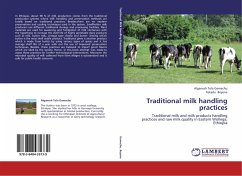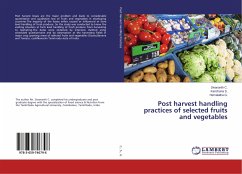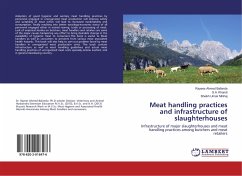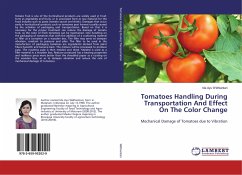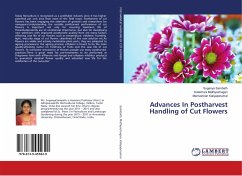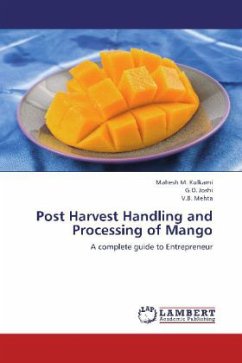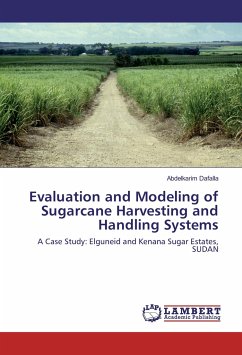
Milk Handling Practices
Traditional and Improved Milk and Milk Products Handling Practices as well as Quality of Milk and Buttermilk
Versandkostenfrei!
Versandfertig in 6-10 Tagen
39,99 €
inkl. MwSt.

PAYBACK Punkte
20 °P sammeln!
In Ethiopia the smallscale milk production and processing is an integral part of the farming system. Milk is a source of food, income, and social functions. However, due to low external inputs, population pressure and land degradation, smallscale milk production system is characterized by poor productivity. Most milk produced in Ethiopia comes from the smallscale farms in rural areas, and it is consumed at home or marketed, either fresh or sour, and only in the vicinity of local markets that surpluses milk processed into dairy products especially butter with longer shelf life. Most producers i...
In Ethiopia the smallscale milk production and processing is an integral part of the farming system. Milk is a source of food, income, and social functions. However, due to low external inputs, population pressure and land degradation, smallscale milk production system is characterized by poor productivity. Most milk produced in Ethiopia comes from the smallscale farms in rural areas, and it is consumed at home or marketed, either fresh or sour, and only in the vicinity of local markets that surpluses milk processed into dairy products especially butter with longer shelf life. Most producers in the country rely on traditional technologies to increase the storage stability of milk and milk products either by converting the milk to shelf stable products like butter and ghee or by treating with traditional preservatives, which result in poor quality of milk and milk products. Adoption of improved handling practices is not common. Although training and extension services could enhance dairy production and marketing, women, who are responsible for most dairy activities are not targeted for dairy related training and extension services.



